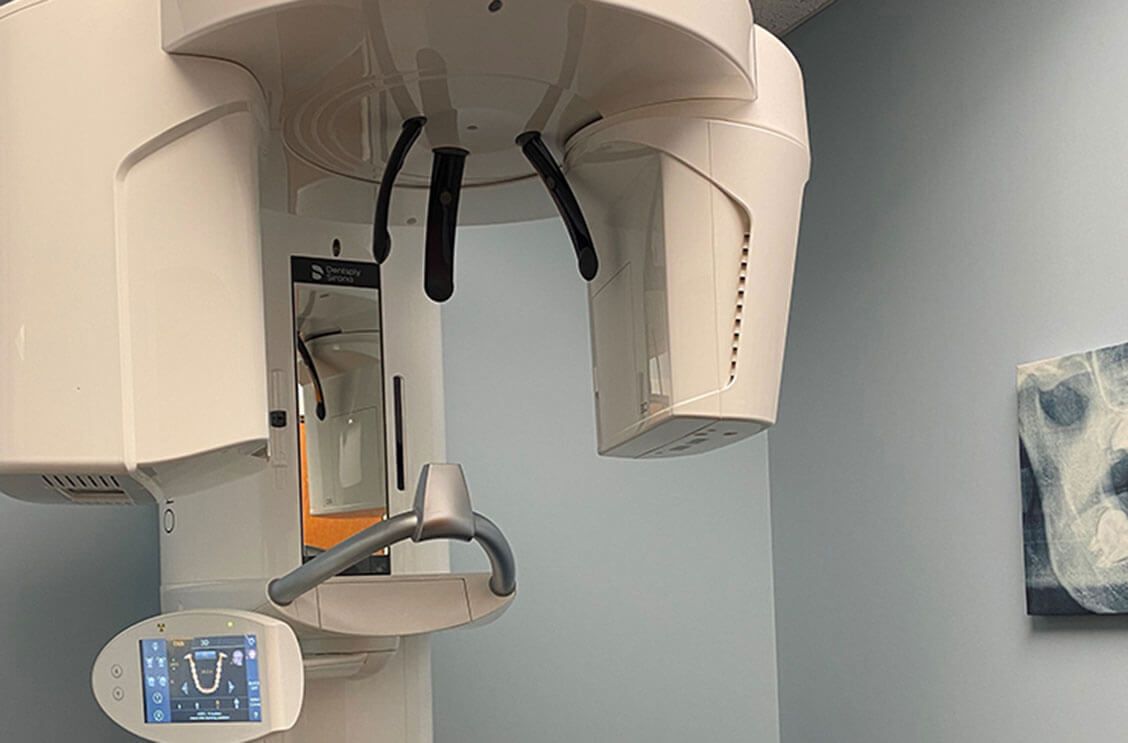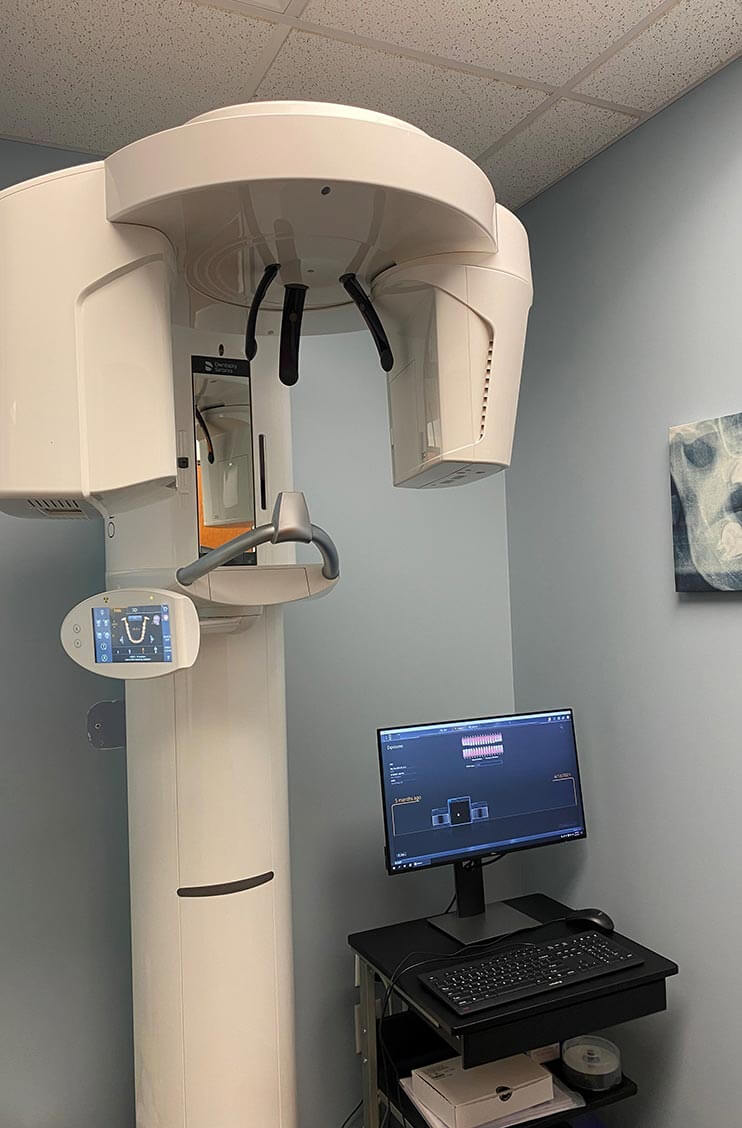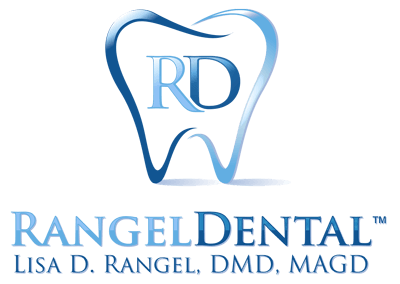3D Dental X-rays

Intraoral X-rays
The most common type of dental X-ray, intraoral radiographs are taken inside the mouth. These traditional X-rays help us find and treat problems such as tooth decay, gum disease, and infection. Taking yearly intraoral bitewing X-rays once a year as a preventative measure enables our dentists to monitor the general health of your teeth, gums, and jawbone, and detect potential issues before they start.
Extraoral X-rays
Extraoral dental radiographs are images of the mouth, head, and neck that are taken from the outside. Cone Beam Computed Tomography (CBCT) technology is a fast, effective way to capture crystal-clear digital images. Our Sirona ORTHOPHOS® SL 3D Scanner takes multiple images in less than a minute and doesn’t require any uncomfortable X-ray apparatus in the mouth. This state-of-the-art 3D imaging allows our dentists to get a closer look at the jaw, impacted teeth, facial bone structure, and the condition and positioning of the teeth.
Some other benefits of 3D Cone Beam imaging include:
- Highly detailed images of both the hard and soft tissues of the mouth, head, and neck
- A fast, easy way for us to analyze important structures such as tooth roots, nerves, the sinus cavity, and nose, which helps make your diagnosis as accurate as possible
- There is no need to take a full scan each time –your dentist can focus on a specific area of the mouth or jaw
- An effective way to monitor the long-term stability of your dental restorations

How CBCT Technology Can Benefit Your Oral And Overall Health
Dental X-rays using digital 3D technology help with evaluation, diagnosis, and treatment planning of other conditions and procedures such as:
- Dental implant planning
- Orthodontic treatment planning for children and adults
- Surgical planning for impacted or damaged teeth
- Evaluating bone structure and tooth position
- Issues with the jaw such as Temporomandibular joint disorder (TMJ)
- Comprehensive evaluation of the sinuses, nerve, and jaw
- Early detection of tumors and cysts
- Discovering the origin of pain or pathology
Minimal Radiation Exposure
Although dental X-rays do expose patients to a small amount of radiation, that amount is becoming smaller and smaller as imaging technology evolves. In fact, the average dental X-ray exposes you to approximately the same amount of radiation you absorb from natural sources each day. The radiation dose from the ORTHOPHOS® SL 3D CBCT Scanner is 100 times less than a traditional CT scanner.
Our team at Rangel Dental ensures patients receive maximum protection from even low amounts of radiation by using shielded coverings that X-rays cannot penetrate. Our dentists may advise pregnant women to forego X-rays and limit X-ray exposure for young children. However, in cases involving dental emergencies such as a broken tooth or infection, taking X-rays may be essential.
Regardless of whether you’re getting routine X-rays at a hygiene appointment or need one to diagnose an acute dental condition, the benefits of X-rays typically outweigh the risks.
Contact Us To Schedule An Appointment
At Rangel Dental, we’re dedicated to providing gentle, quality dentistry to patients of all ages. We’re happy to address any questions or concerns you may have about dental X-rays. To schedule an appointment, contact us online or call 973-292-0001 to speak with a member of our team. We serve patients throughout Morris County, NJ, and surrounding areas.
